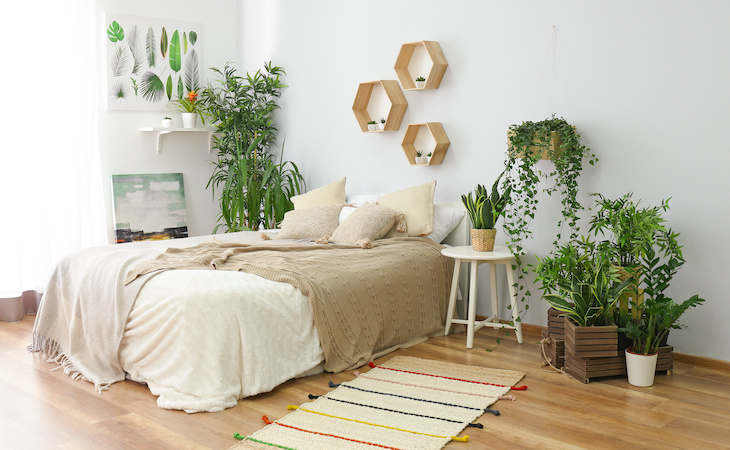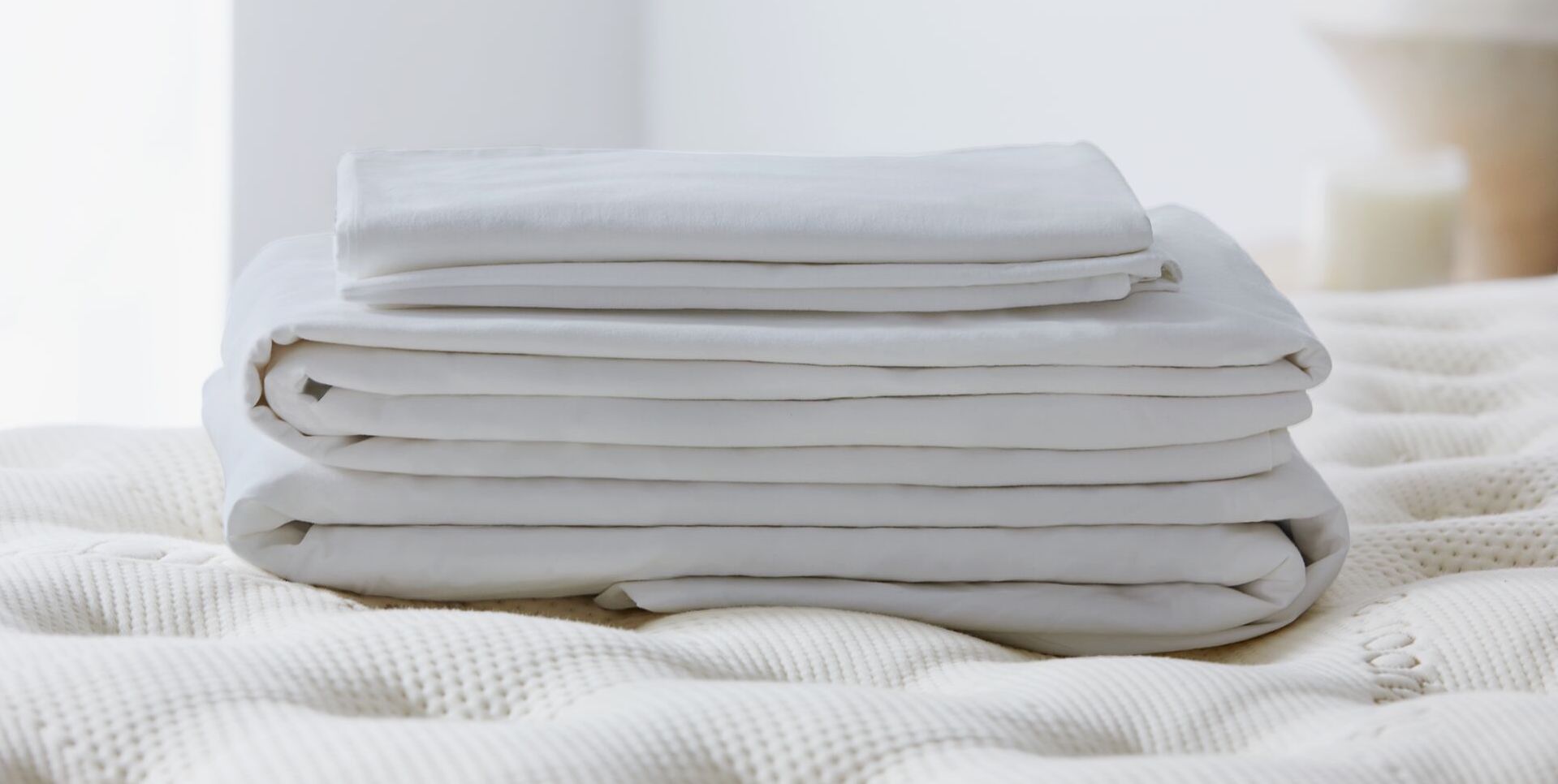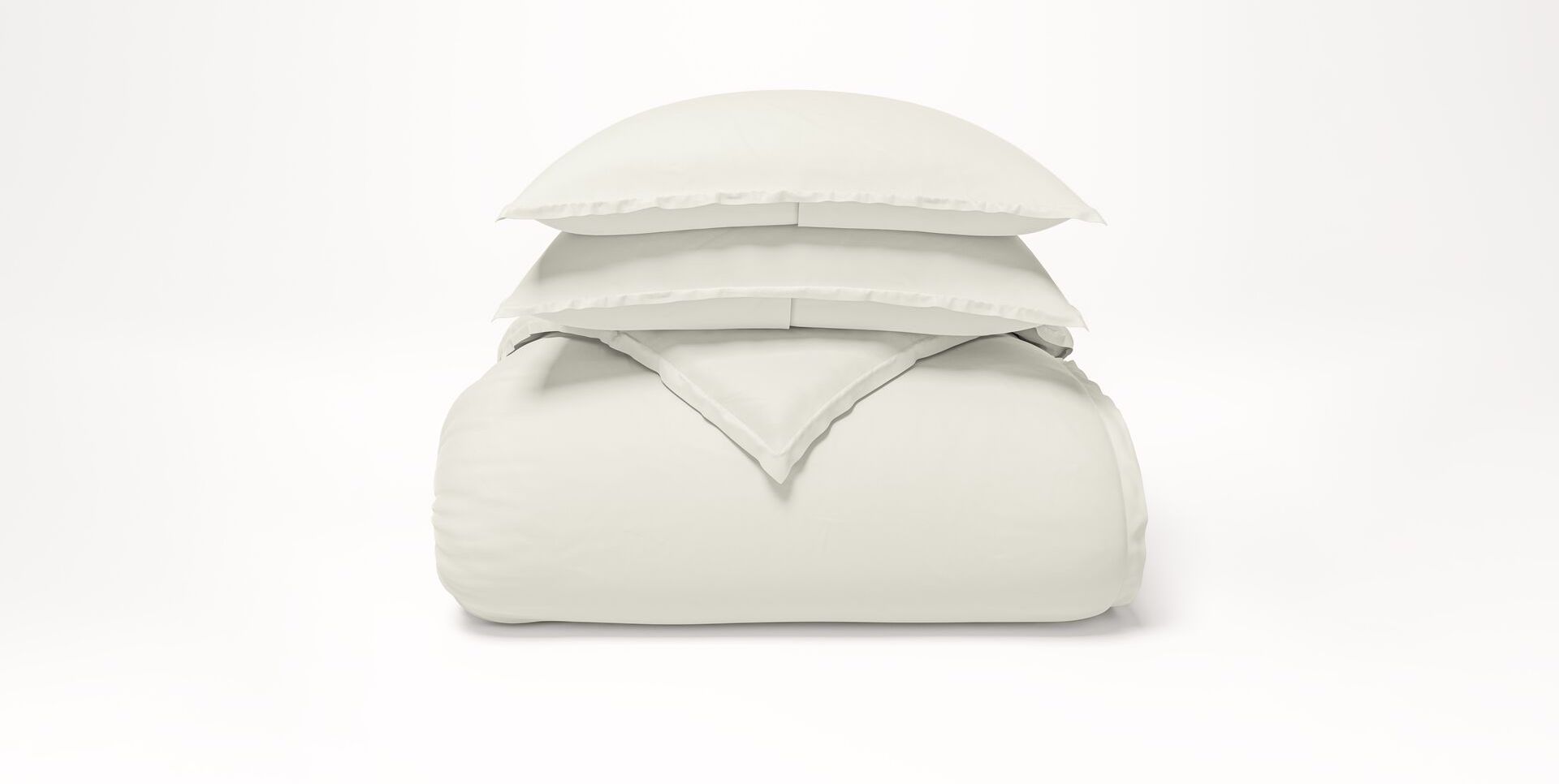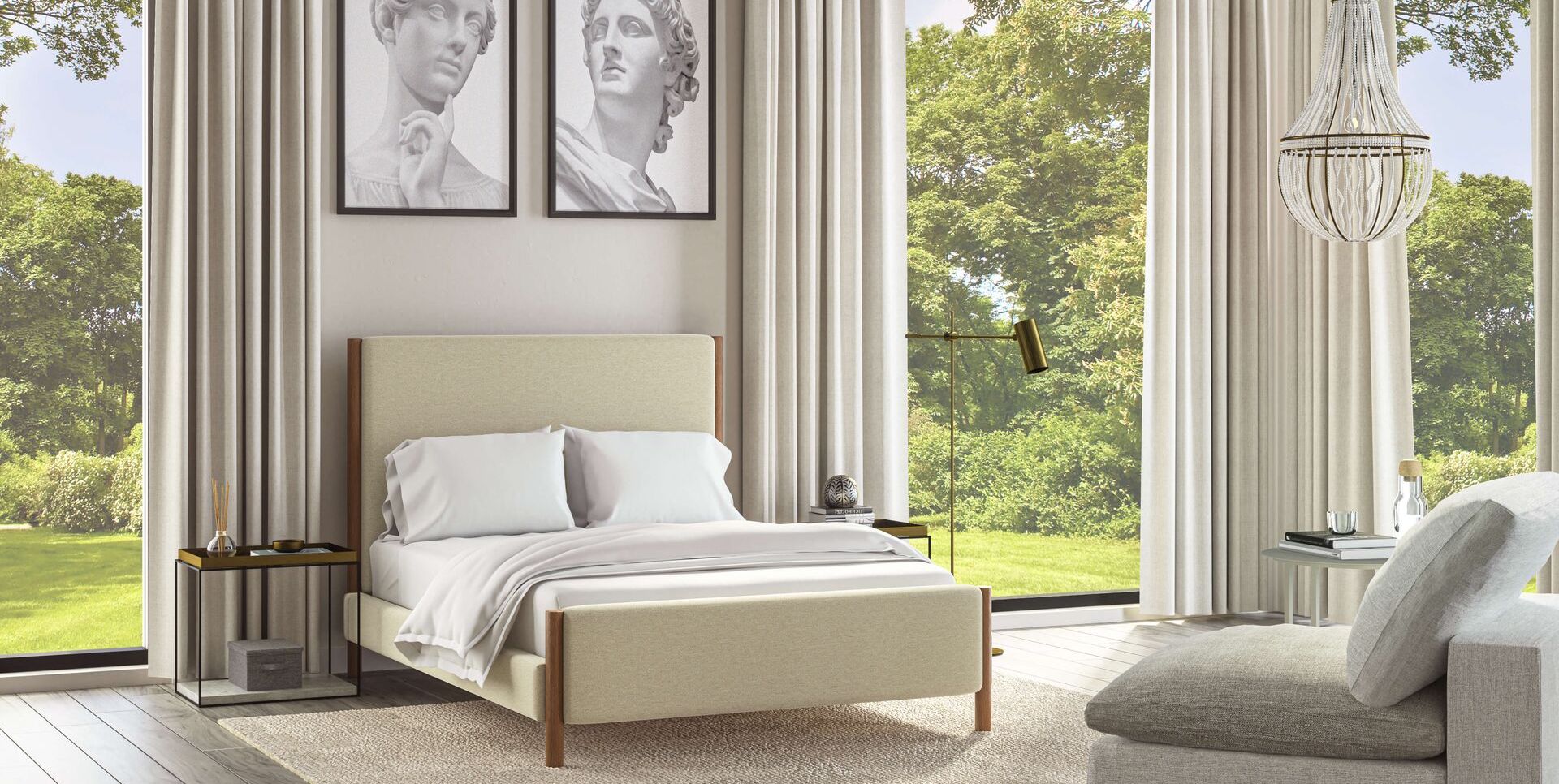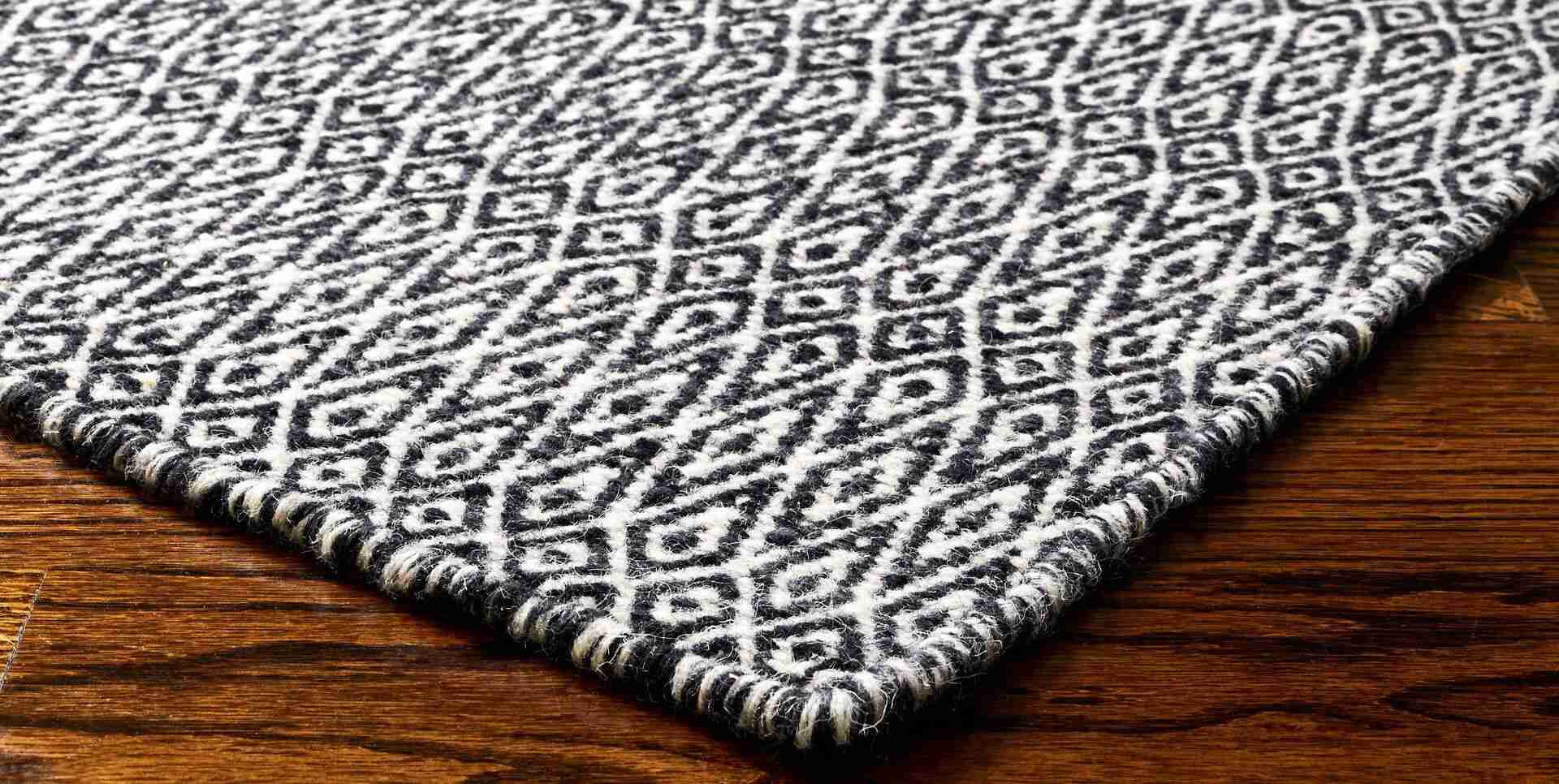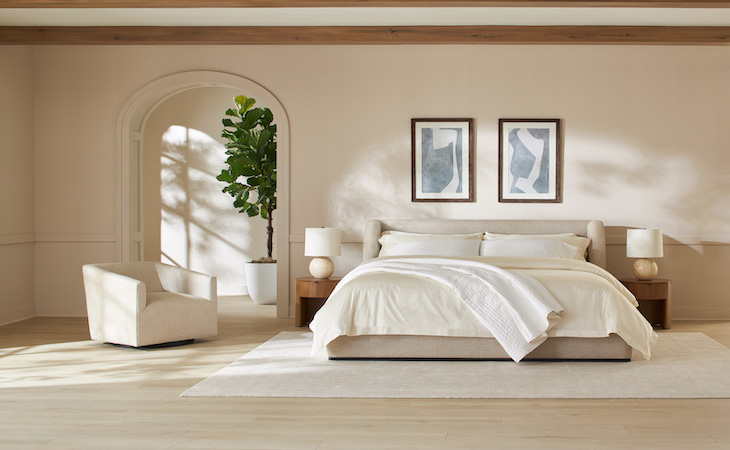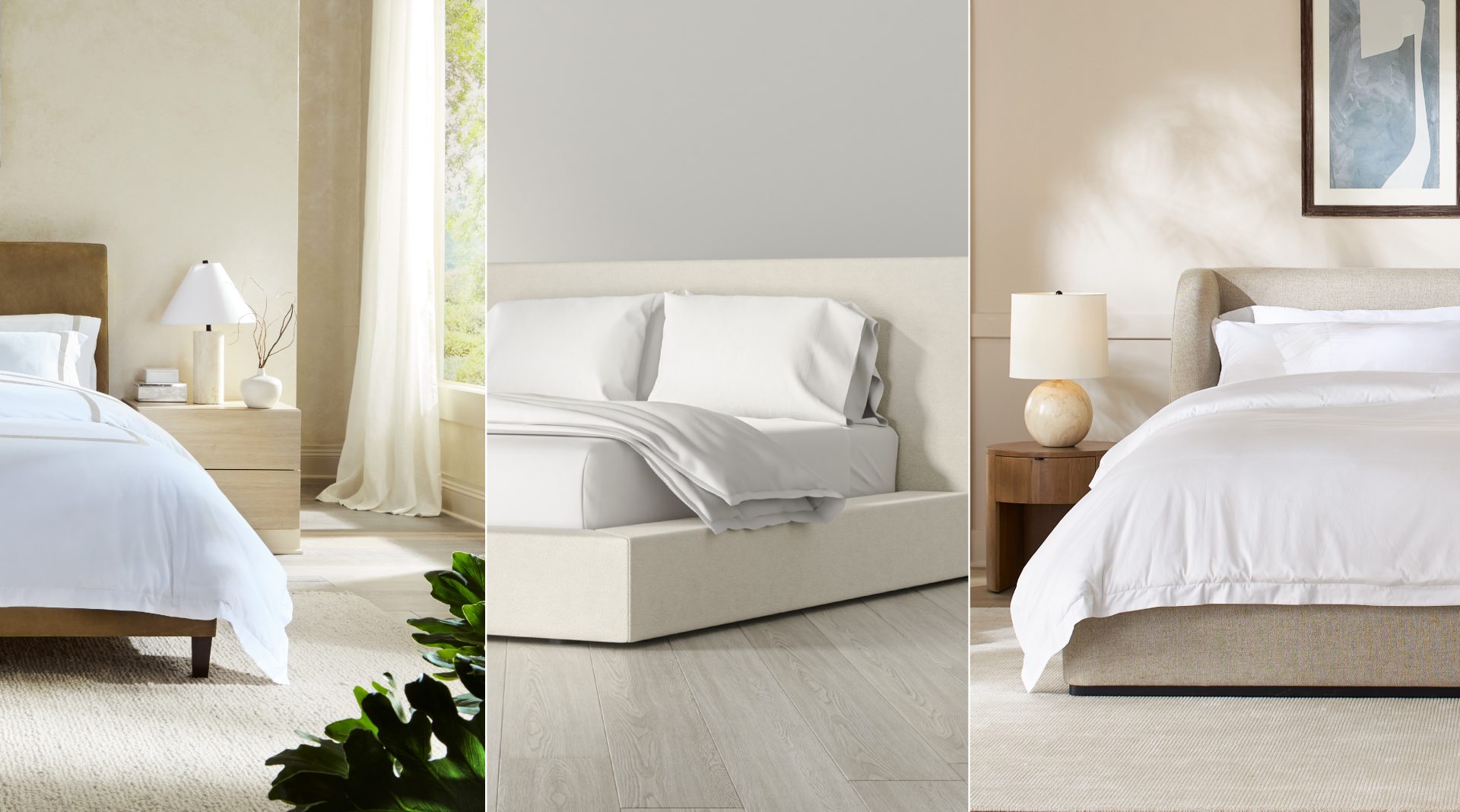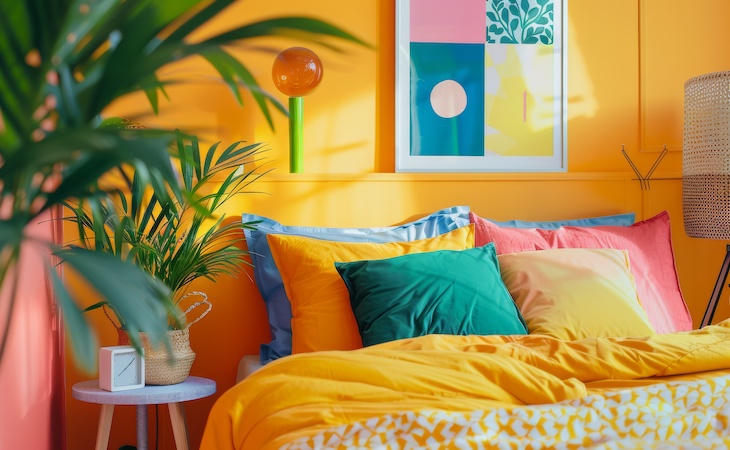Between work and our personal lives, we spend a lot of time indoors. That’s why it should come as no surprise that lately, people have been looking for more ways to connect with nature inside their homes when they can’t necessarily head out to the great outdoors. And in fact, the need to connect with nature has always been imbued in us as humans.
“Because of the need to connect with nature, it is imprinted in our DNA—99.9% of human evolution has adapted in the natural world,” says Joy Pontrello, founder and principal designer of Joy Interiors. “Connecting to nature is essential for human beings and influences various aspects of our health and well-being. Recognizing and nurturing this connection can lead to a more balanced and fulfilling life.”
Enter biophilic design, which is focused on bringing elements of nature inside the home. To learn all about biophilic interior design and find out how to bring the style into your bedroom, read on.
What is biophilic design?
“Close your eyes and imagine a place where you feel happy and relaxed,” says Pontrello. Where are you? Lying on the grass under a clear blue sky? Sitting near a waterfall or babbling brook? In your garden? Or walking on the beach listening to the waves?
“The answers I get when asking this question are always in nature, and that’s what biophilia is,” says Pontrello. “It’s the simple, core truth that humans need a connection with nature to be content.” The word “biophilia” literally means “love of life,” she adds.
More specifically, Pontrello defines biophilic design as an innovative approach to architecture and interior design that incorporates elements of nature into the built environment to enhance well-being, productivity, calmness, and overall quality of life. She says biophilic design emerged in the 1980s and 1990s.
“In 1984, E.O. Wilson introduced the concept in his book Biophilia,” explains Pontrello. “In 1993, E.O. Wilson and Stephen Kellert pioneered the theory in their book, The Biophilia Hypothesis.”
Architects and researchers influenced by these ideas then started integrating natural elements into buildings to enhance human well-being and promote health, productivity, and happiness, says Pontrello.
Even though it’s been around for a bit, why has biophilic design been trending recently? Because it started to become more popular during the pandemic.
“Biophilic design was gaining popularity before the pandemic,” says Pontrello. “However, during the pandemic, we spent so much time indoors that everyone became innately aware of how our environments had a direct effect on how we felt.”
She adds that people started walking and spending more time in nature, and there was a significant rise in renovations and plant sales.
How to incorporate biophilic interior design into the bedroom
Draw in colors from the outdoors
Bedrooms are important spaces to reduce stress and enhance calm, notes Pontrello. Color can play a role in how soothing your bedroom is. Pontrellos says in a sleeping space, she’d start with a nature-inspired color palette, such as earthy tones or blues, greens, and soft neutrals.
Incorporate natural materials
“Add natural materials such as wood for furniture and flooring and choose bedding and upholstery made from organic fabrics like cotton and linen,” Pontrello says. “Incorporate natural textures such as soft or natural fiber rugs, blankets, and woven baskets.”
Embrace natural light
Natural light is key when creating a room steeped in biophilic design. For this, Pontrello recommends removing or minimizing heavy drapery. Additionally, be sure to always open your blinds to let light in. “Move any furniture blocking a window,” she says.
Decorate with nature-inspired pieces
Pontrello suggests decorating your bedroom walls with nature-inspired artwork, such as landscapes, botanical prints, or nature photography. For an additional way to bring the outdoors in, Pontrello says you can consider incorporating natural materials, patterns, and textures in decor and textiles.
Display plants
Pontrello loves to bring houseplants into her designs, opting for “softer-shaped leaf plants for the bedroom,” like a pothos or ZZ plant, both of which happen to be fairly easy to grow.
FAQs
What are the elements of biophilic design?
“The basic elements of biophilic design are natural light, plants, natural materials, textures, colors inspired by nature, patterns inspired by nature, water elements, and views of nature,” Pontrello details.
How do I bring biophilic design into my home?
You can follow these above principles to invite biophilic design into your home, into your bedroom, and beyond. And you don’t have to carry out all of them. “You can achieve good results by concentrating on a few principles done well,” says Pontrello.
For more ways to revamp your bedroom, check out our list of the top interior design trends of the year.

